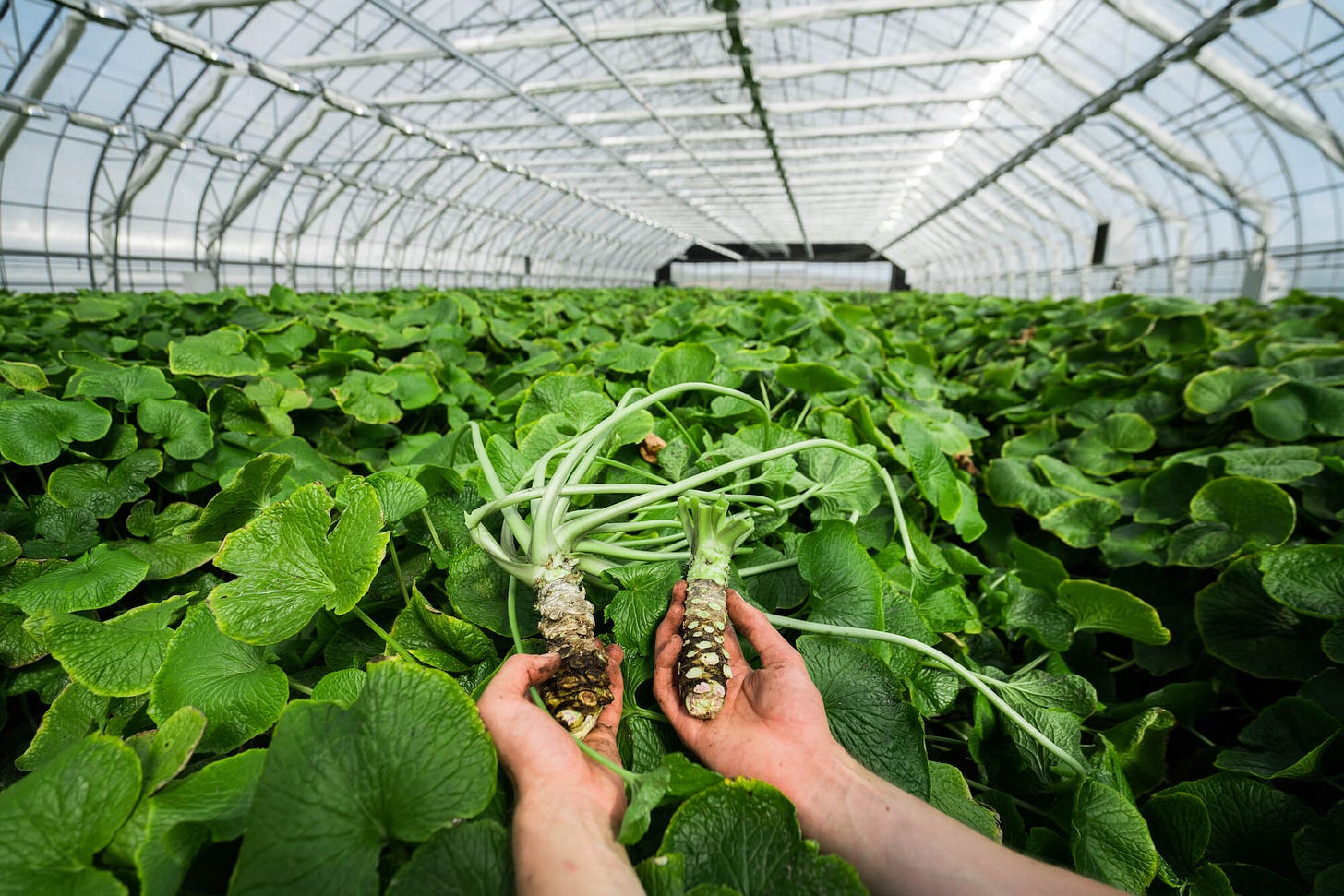I hate to break this news to you, but when you've ordered sushi with wasabi you did not get the real deal. That green stuff is in fact a combination of mustard, horseradish, and food coloring dubbed by the Japanese as western wasabi.
Real wasabi is rare and expensive. It requires a specific temperature and a constant stream of fresh water to grow, which has isolated it to the mountains of Japan. That was until Nordic Wasabi came along. They’re growing wasabi in Iceland using the country’s geothermal energy and freshwater. In today’s episode, we tell Nordic Wasabi’s startup story. We cover everything you could want to know about real wasabi, the amazing possibilities that come with greenhouses, and the challenges of being the first company in Iceland to try and export vegetables.
Related Links
🍣 Get 15% off Nordic Wasabi with the code NORDICFOODTECH
✈️ Why food matters to tourism
🚜 Exploring different kinds of agriculture
Subscribe to access Analisa’s commentary and get the full transcripts. If you would like a subscription, but can’t afford one at this time, please let me know.
Analisa’s Commentary
The idea for this episode came from an article I read called Vertical Farming is Headed for the Trough of Disillusionment. When it comes to Controlled Environment Agriculture (CEA), I totally agree that it feels like we went through a bubble and are now coming out on the other side. The strong and the smart will survive. CEA, which includes vertical farming and high-tech greenhouses definitely hold promise, but how to best grow food depends on where you are in the world and what will be most efficient given that.
It turns out that the Nordics have some of the most technologically advanced greenhouses in the world.



